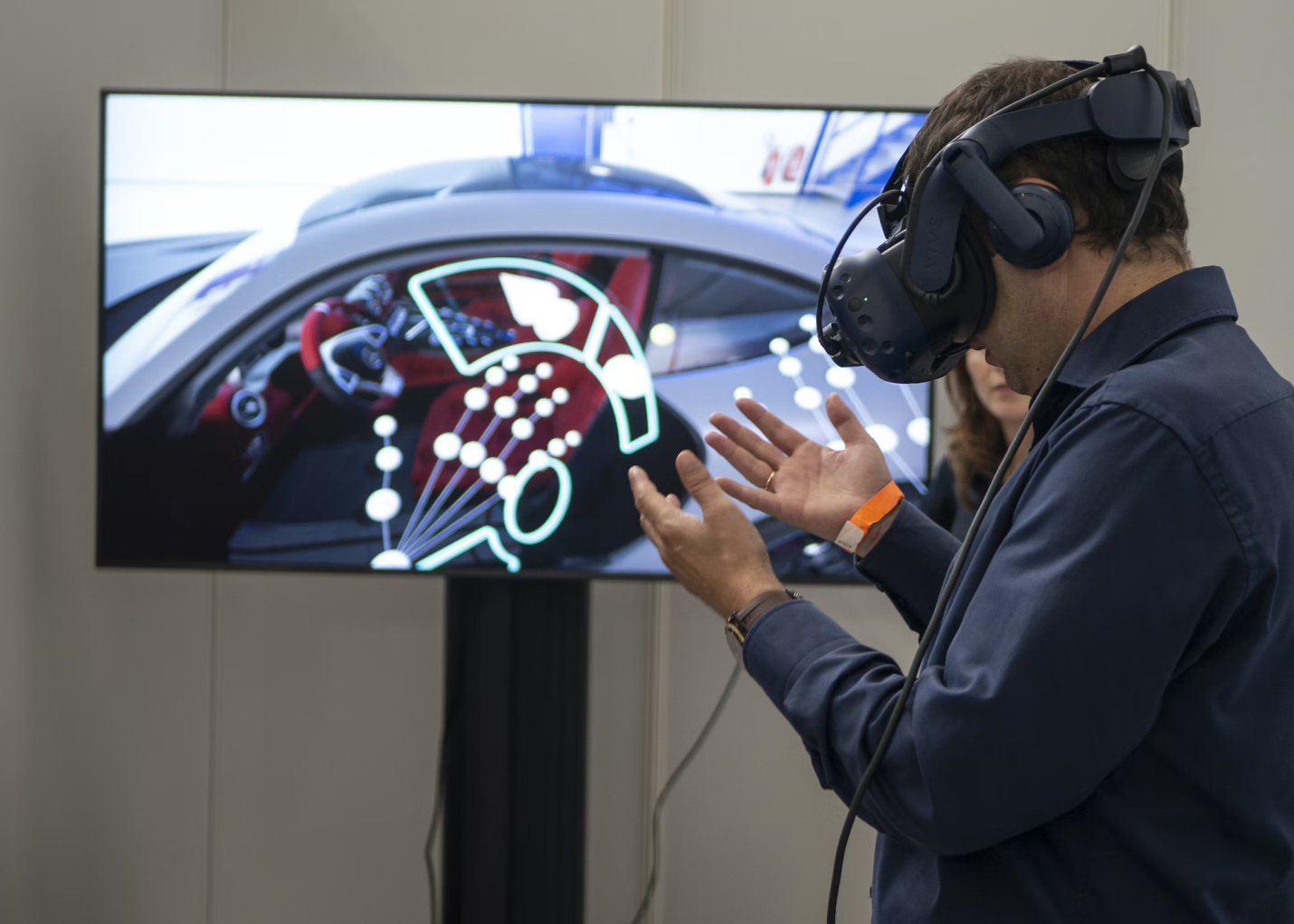Technology is changing the face of the tourism industry, and travel leaders are looking for ways to increase their client base. To this end, market players are investing heavily in AR and VR to provide a more immersive experience to their customers. New apps are being created from the ground up to provide customers to augment the customer experience.
But is the use of AR and VR just another trend that will die down with time, or does it truly represent a paradigm shift in the industry? Let’s explore.
Changing the Face of Tourism
Both AR and VR provide limitless opportunities for travel leaders to capture a greater market share in the industry. By leveraging AR and VR, travel businesses can help guests enjoy a seamless and stress-free experience with their apps, from booking a plane ticket to finding their way in an alien country or translating languages they don’t understand.
In the case of booking hotel rooms, there’s only so much that online reviews can tell you. With AR and VR, you can get a very accurate view of the hotel and all its rooms, including any amenities such as gyms, bars, restaurants, and swimming pools, without physically going there. This saves you the much-needed time and money spent getting to the physical location.
Additionally, AR is also being used in apps to provide tourists with digital paths so they can figure out how to navigate various locations while they’re traveling. The AR experience is often superior to regular map apps that may not always be accurate in terms of accuracy. With the help of AR-equipped apps, tourists will get a better understanding of the travel routes they should take, whether they’re driving to the location themselves or using train routes.
AR can also provide travelers with real-time information related to traffic conditions, alerts, weather updates, and other crucial information on a single screen – all of which improves their tourism experience.
The use of VR and AR is truly transformational for the hospitality industry, specifically hotels. Apps that use AR allow businesses to help customers see their hotels and services from the comforts of their rooms, which can significantly shape their opinion about the hotel. Ar can be used to make tours of hotel rooms more interactive, making the environments more accessible and enjoyable. This experience can be applied to dining as well.
No Risk of Tourists Getting Lost
A real concern when navigating a foreign country or environment is the risk of getting lost. AR-equipped apps, on the other hand, make navigation easier by enhancing the traveler’s view using digital components such as arrows and other relevant details. AR can also improve their travel experiences of navigating to a new place by integrating information from Google Maps.
Interactive Rooms With the Help of AR
Let’s take a look at what happens when a customer typically visits their room. They may be provided with a hotel brochure containing details about room service, menus, and other FAQs. Most of these brochures can be rather boring, and many customers often don’t read them, often relying on the receptionist for information.
But all this information can be made more exciting with the help of AR. For example, you could create scannable places around your room using a dedicated app that can provide guests with information. For example, if a guest scans the HVAC system, they can receive quick tips on how to use it or turn it off.
The same can apply to any other feature, such as the TV, fixtures in the bathroom, and lighting. Perhaps more importantly, you can take all those brochures and other literature placed throughout the room and make them much more exciting by blending them with AR. For example, the guest may scan a brochure with their phone using your app. Certain elements from the brochure will pop up in using AR to provide guests with more information or provide a unique perspective.
Gamification of the Tourism Industry
With the help of AR and VR, travel leaders can gamify the entire guest experience. For example, you can incentivize exploration that would unlock rewards and points that can be used to redeem a free product. This could make exploration more fun and engaging for guests than it would otherwise be.
Gamification can motivate guests to achieve specific goals and objectives. The benefits of gamification using AI are numerous and include:
- More engagement by increasing the level of immersion
- Increased loyalty from guests since they would be more likely to return
- Better word-of-mouth marketing for your business
Marketing Done Right
Airliners, hotels, and other service providers in the hospitality industry can use AR and VR to add unique experiences for customers to make their experience even more enjoyable. There are numerous benefits of integrating AR in terms of marketing, including:
More bookings: To get potential clients to visit, marketers can integrate AR elements into their ads. For example, a hotel can be promoted by encouraging viewers to use a certain kind of filter that enhances their view of the room.
Making life easier for customers: AR can be used to provide services to guests in their native languages and bridge the language barrier that may be able to impact their experiences.
Increased sharing: By integrating the above ideas, it may be easy to use AR as a marketing asset on social media platforms like Instagram, Facebook, and Twitter. Guests may encourage their friends and followers to have their own AR experience at your hotel or airline.
Wrapping Up
We’ve looked at augmented reality and virtual reality in the tourism sector, especially its impact on hotels and the ways service providers can use the technology. It is no longer the realm of science fiction and has evolved into a powerful tool that can provide enhanced travel experiences. It can also allow you to attract more potential customers by improving your marketing efforts.
The bottom line is that using AR and VR can significantly improve your visibility and brand perception while making you more ‘digital proof’ for the future. Set your business apart from the competition by embracing AR and VR by partnering with the right firm.




